7 Key Benefits of Driving a Mini E Car for Future Sustainable Living
As the world continues to grapple with the pressing challenges of climate change and urban pollution, the search for sustainable transportation solutions has never been more critical. The Mini E Car emerges as a compelling option for environmentally-conscious drivers looking to make a difference without sacrificing style or performance. In this article, we will explore how the Mini E Car not only embodies the spirit of innovation but also offers a plethora of advantages for those committed to future sustainable living. From its impressive energy efficiency to the reduction of carbon emissions, the Mini E Car presents benefits that extend beyond the individual driver, positively impacting communities and the planet. Join us as we delve into the seven key benefits of adopting this eco-friendly vehicle, illustrating how it can serve as a vital part of a greener future.
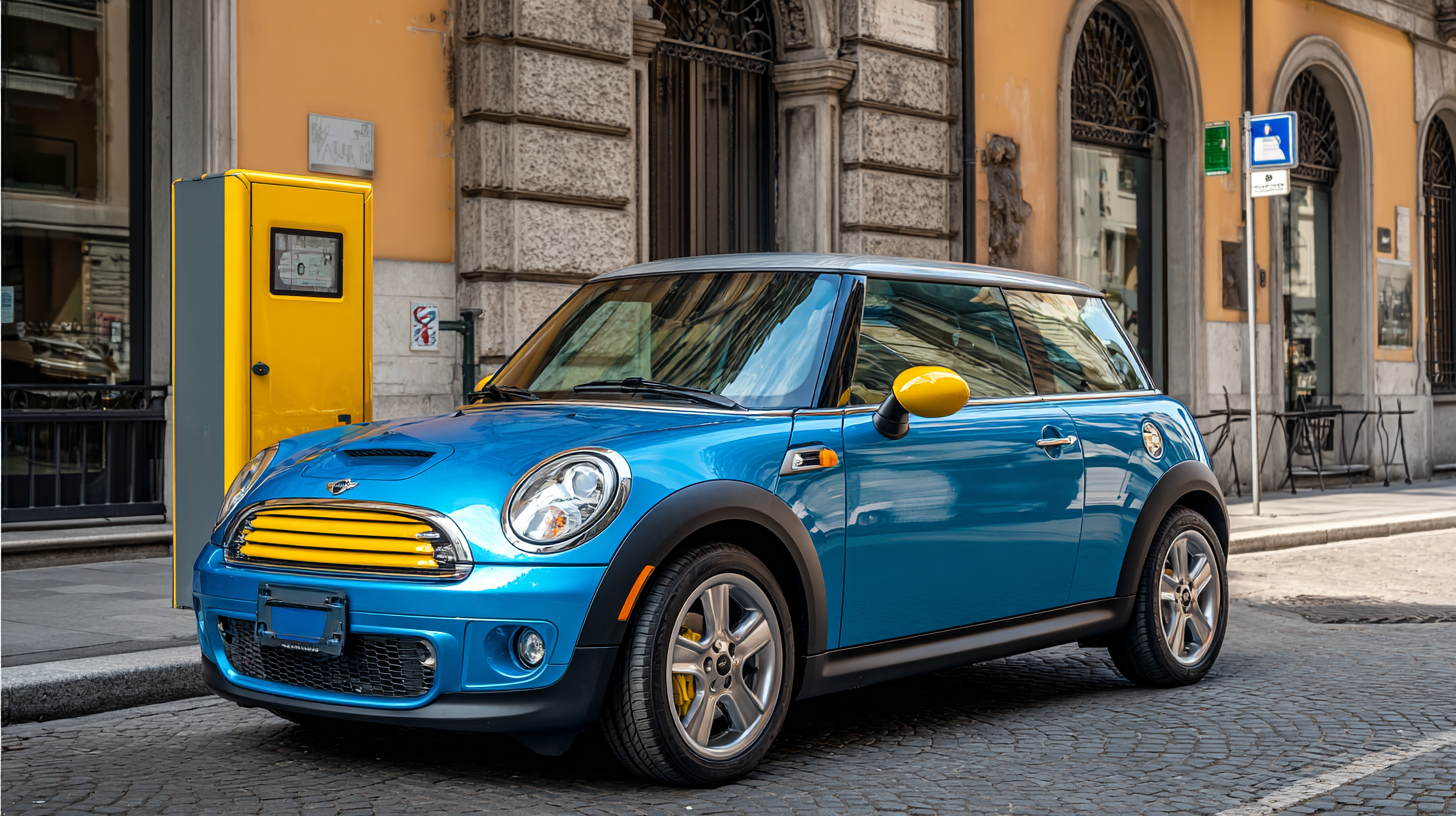
Environmental Impact: How Mini E Cars Reduce Carbon Footprint
The Mini E car presents an innovative solution for reducing carbon footprints, making it an ideal choice for those seeking sustainable living. According to a report from the International Energy Agency, the transportation sector accounts for nearly 24% of global CO2 emissions, with conventional vehicles being significant contributors. In contrast, electric vehicles (EVs) like the Mini E can reduce emissions by up to 60% depending on the energy source used for charging. With advancements in battery technology and wider adoption of renewable energy, the Mini E becomes even more effective at promoting a greener lifestyle.
Driving a Mini E not only helps in minimizing fossil fuel reliance but also encourages the use of clean energy. The EV industry is predicted to grow significantly, with estimates suggesting that EV sales could reach 40% of new car sales globally by 2030. This shift will lead to a decrease in greenhouse gas emissions, fostering a healthier environment.
Tips: To maximize the environmental benefits of driving a Mini E, consider charging your vehicle with renewable energy sources such as solar or wind power. Additionally, participating in local car-sharing programs can further reduce the number of vehicles on the road, amplifying the positive impact on air quality and urban congestion.
Cost Efficiency: Savings on Fuel and Maintenance with Mini E Cars
Driving a Mini E Car represents a significant shift towards cost efficiency, particularly in terms of fuel and maintenance. As the demand for electric vehicles (EVs) increases, new data indicates that servicing and repairs for electric cars often come at a lower cost compared to traditional petrol or diesel vehicles. In fact, research shows that electric vehicles can cut repair and maintenance expenses by up to 50 percent, allowing drivers to potentially save hundreds of dollars each year.
In addition, the cost of fueling an electric car is considerably reduced when compared to filling up a petrol vehicle. Charging a battery-electric vehicle could cost five to ten times less than the equivalent distance driven on gas or diesel. This stark contrast in operating expenses highlights the financial advantages of opting for a Mini E Car, not only contributing to a more sustainable lifestyle but also providing tangible savings that can be reinvested elsewhere. As we move towards a greener future, the economic benefits of electric vehicles will continue to attract more drivers looking for both efficiency and sustainability.
Cost Efficiency: Savings on Fuel and Maintenance with Mini E Cars
This chart illustrates the cost savings associated with driving a Mini E car compared to traditional gasoline vehicles in terms of fuel and maintenance expenses over a year.
Innovative Technology: Cutting-Edge Features of Mini E Cars
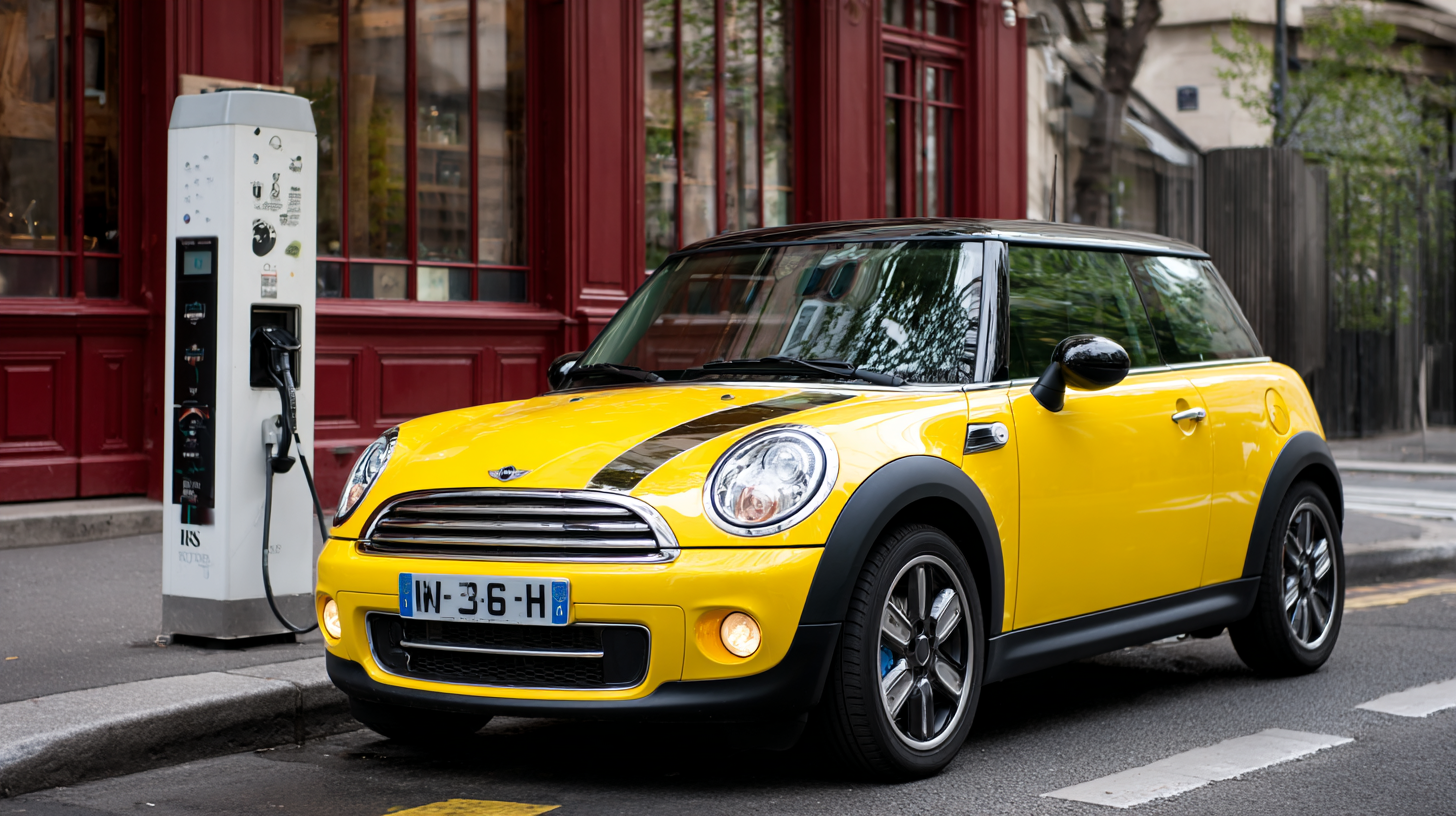 The Mini E Cars embody the essence of innovative technology,
combining sustainability with cutting-edge features. One of the most remarkable advancements is their regenerative braking system, which not only enhances energy efficiency but also extends the range of the vehicle. According to the International Energy Agency, electric vehicles like the Mini E can achieve up to 70% energy efficiency compared to conventional internal combustion engines, which typically operate at around 20%. This efficiency is crucial as the automotive industry shifts towards eco-friendly alternatives to reduce carbon emissions.
The Mini E Cars embody the essence of innovative technology,
combining sustainability with cutting-edge features. One of the most remarkable advancements is their regenerative braking system, which not only enhances energy efficiency but also extends the range of the vehicle. According to the International Energy Agency, electric vehicles like the Mini E can achieve up to 70% energy efficiency compared to conventional internal combustion engines, which typically operate at around 20%. This efficiency is crucial as the automotive industry shifts towards eco-friendly alternatives to reduce carbon emissions.
Moreover, the Mini E Car is equipped with smart connectivity features that provide drivers with real-time data on their vehicle’s performance. Research from the Consumer Technology Association indicates that over 80% of consumers value smart technology in their cars, highlighting a strong market demand for connected vehicles. With features such as integrated navigation systems that optimize routes based on charging station availability, Mini E Cars not only offer a smooth driving experience but also contribute to a greener future by encouraging more sustainable travel habits.
Urban Living: The Advantages of Mini E Cars in City Environments
Urban living presents unique challenges, particularly regarding air quality and sustainability. Mini E cars offer several advantages in city environments, contributing significantly to a cleaner urban ecosystem. As electric vehicles (EVs) become more prevalent, they are proving to be a vital solution to urban air pollution, with zero emissions compared to traditional combustion engine vehicles. By reducing harmful pollutants, Mini E cars help combat one of the most significant environmental risks to public health, ensuring that city dwellers breathe cleaner air.
One of the key benefits of Mini E cars in urban settings is their compact size, which makes navigating congested streets and tight parking spaces much easier. This can lead to reduced traffic congestion, making cities more livable. Additionally, the lower operational costs associated with charging versus fueling with petrol or diesel also appeal to cost-conscious urban residents.
Tips: Consider the charging infrastructure available in your area before choosing a Mini E car; ensuring access to conveniently located charging stations can enhance your driving experience. Additionally, keep an eye out for local incentives and subsidies for electric vehicle owners, as many cities are encouraging the adoption of greener transport options.
7 Key Benefits of Driving a Mini E Car for Future Sustainable Living
| Benefit | Description | Impact on Urban Living |
|---|---|---|
| Reduced Emissions | Mini E Cars produce zero tailpipe emissions. | Improves air quality in urban areas. |
| Lower Operating Costs | Electric cars have lower maintenance and fueling costs. | Makes city commuting more affordable. |
| Compact Size | Designed for urban maneuverability and parking. | Eases traffic congestion and parking challenges. |
| Sustainable Materials | Constructed using eco-friendly materials. | Reduces overall environmental impact. |
| Government Incentives | Many regions offer tax breaks and incentives for electric vehicle owners. | Encourages more residents to switch to electric vehicles. |
| Innovative Technology | Utilizes advanced technology for better driving experience. | Enhances urban mobility solutions. |
| Quiet Operation | Significantly quieter than traditional vehicles. | Reduces noise pollution in city environments. |
Future Trends: The Role of Mini E Cars in Sustainable Transportation Solutions
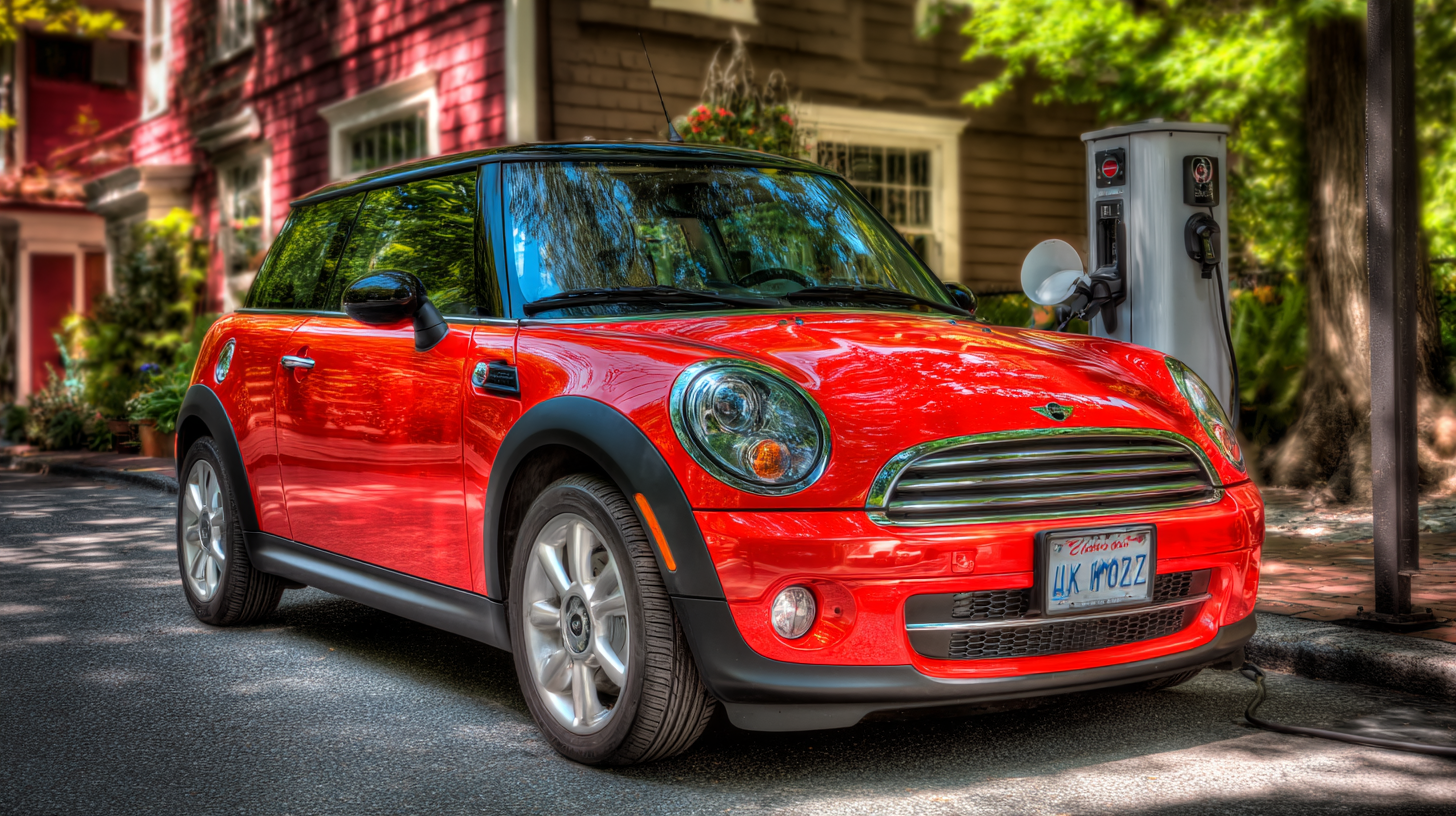 The rise of Mini E cars reflects a significant shift in the landscape of sustainable transportation solutions. These electric vehicles not only contribute to reducing carbon emissions but also foster a trend toward compact and efficient urban mobility. As cities grapple with increasing congestion and pollution, Mini E cars present a practical answer to these pressing challenges. Their small footprint allows for easier navigation in crowded urban areas, making them an ideal choice for city dwellers looking for eco-friendly options.
The rise of Mini E cars reflects a significant shift in the landscape of sustainable transportation solutions. These electric vehicles not only contribute to reducing carbon emissions but also foster a trend toward compact and efficient urban mobility. As cities grapple with increasing congestion and pollution, Mini E cars present a practical answer to these pressing challenges. Their small footprint allows for easier navigation in crowded urban areas, making them an ideal choice for city dwellers looking for eco-friendly options.
Moreover, Mini E cars are equipped with advanced technology that enhances the driving experience while promoting sustainability. With features such as regenerative braking and efficient battery management systems, they optimize energy use and extend the range of electric travel. As governments and organizations increasingly invest in renewable energy and charging infrastructure, the accessibility and appeal of Mini E cars are likely to grow. This evolution not only aligns with global sustainability goals but also paves the way for a new era in transportation where electric vehicles become the norm rather than the exception.
Related Posts
-

7 Best Front Wheel Trike Models for Optimal Stability and Performance in 2023
-

How to Choose the Perfect Electric Off Road Car for Your Next Adventure
-
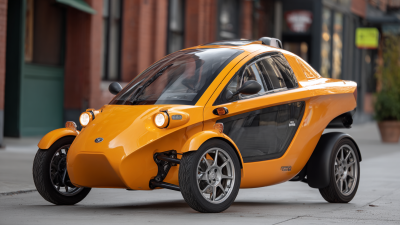
How to Choose the Best Tiny Two Seater Car for Urban Driving: Key Features and Market Insights
-
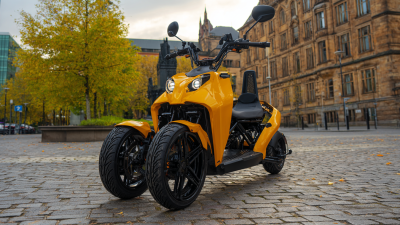
What Makes Small Electric Trikes a Game Changer in Urban Transportation
-
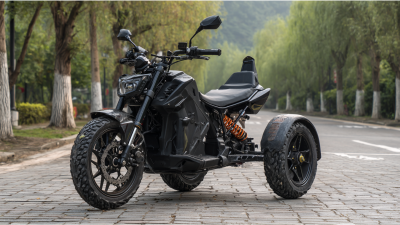
How to Choose the Right Electric Trike for Adults
-

What Types of Electric Wagon Cars Are Revolutionizing Modern Transport?







